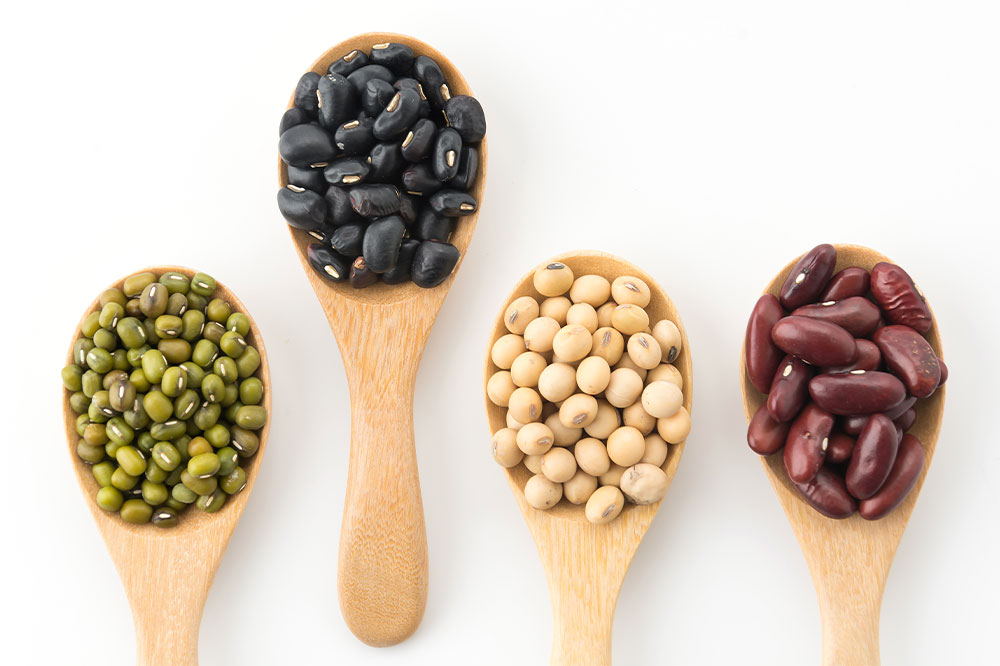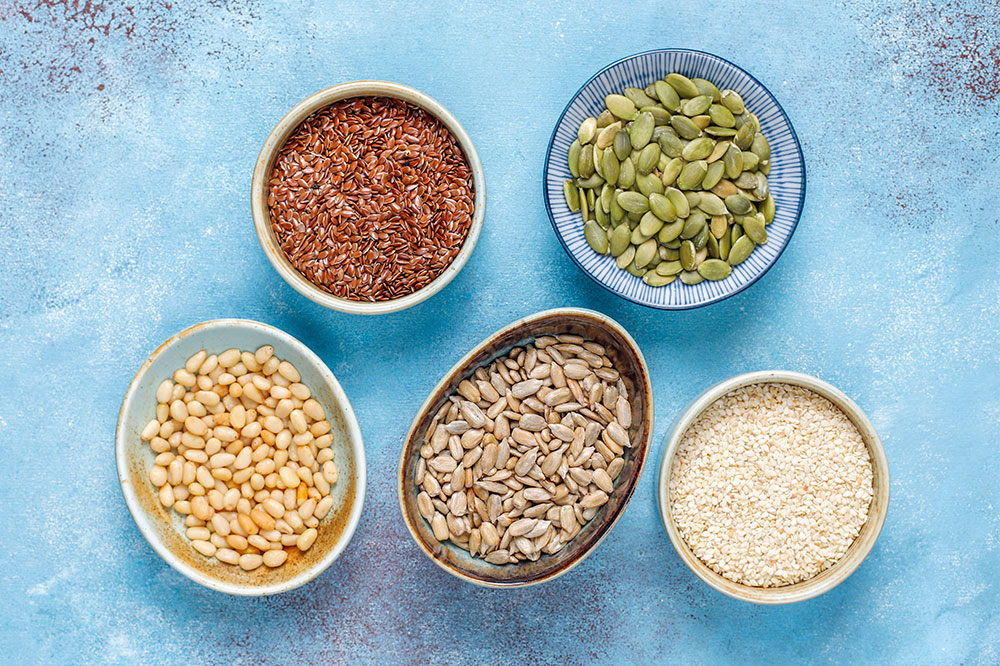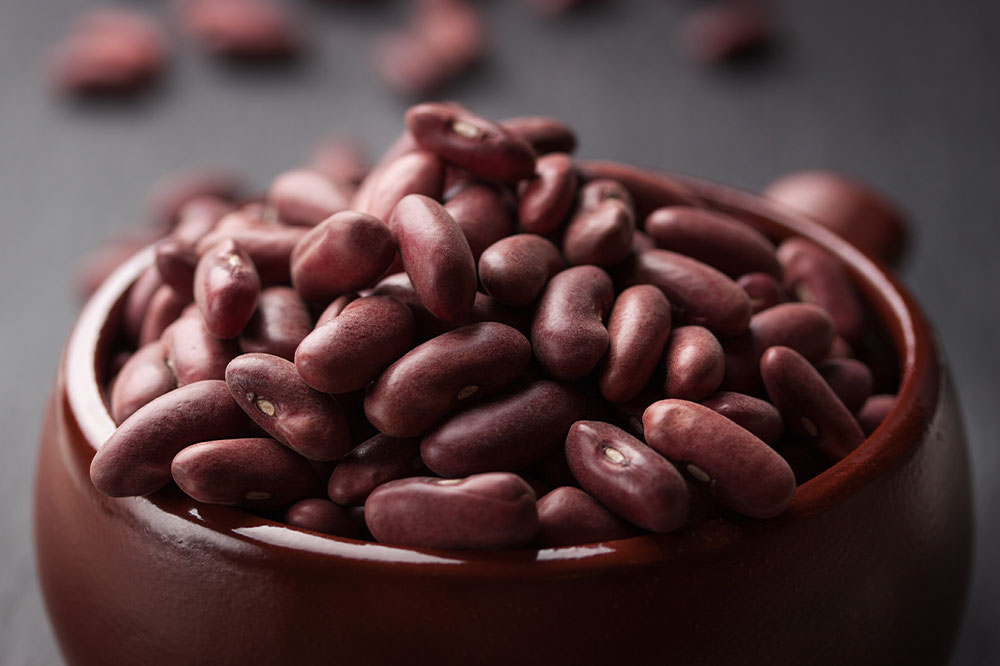5 alarming signs of migraines to watch out for
Migraines are headaches that cause severe throbbing pain or pulsing sensation. In most cases, these headaches may appear on one side of the head and are accompanied by symptoms such as vomiting, nausea, and sensitivity to light and sound. Furthermore, the duration of migraine attacks may differ; some can last for a few hours, while others can last for days. However, the intensity of pain can be severe enough to hamper daily activities. Warning signs of migraine headaches According to research, nearly 39 million people in the country deal with this neurological condition. However, migraines aren’t simple headaches, and the episodes can often come with severe symptoms such as fatigue and loss of concentration. Some other common warning signs that indicate migraine are discussed below. Aura About 30% of migraine patients report experiencing an aura before or during the headache episode. Furthermore, most patients have also reported a few visual symptoms, such as zigzag lines, blind spots, and flickering lights. In some cases, people have also experienced hearing disturbances such as tinnitus ( ringing sensation in the ears) during a migraine headache. Migraine auras usually last between five minutes and an hour, and they may appear within an hour of the onset of the headache or along with it.
Read More 









